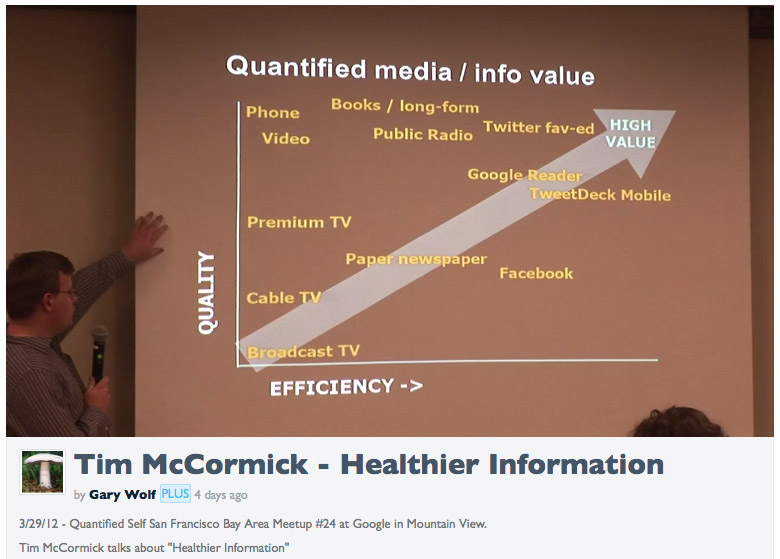Welcome round 1 group!
A stellar group of 11 people were selected from those who replied to the “Twitterfunding Experiment: Call for Participants” last week. You have all kinds of great interests, backgrounds, and affiliations, and I’m delighted that you’ve joined this experiment.
Welcome @stew, @emilybell, @kvox, @mrgunn, @mj_coren, @jess1ecat, @jschneider, @slifty, @mstem, @katenieder, & @morganpintarich. You are international (US, UK, Ireland), timezone-crossing (PST, EST, GMT), gender-balanced, and diverse in age and twitter experience, among other things.
.
Instructions:
1) You don’t really have to do *anything*, except possibly tell me your Paypal email address if you want to get paid at the end of the trial..
.
2) The trial will:
start: Monday, April 23, 12:00 am PST
end: Tuesday, May 22, 11:59pm PST
.
3) You each have $10 credit to start. I and my robot monkeys will watch your Twitter public activity during the trial, and count any of these ways in which you cite another member’s tweet:
- RT (as recorded by Twitter, or just designed by RT @<twittername>)
- favorited
- MT @<twittername>
- via @<twittername>
- HT @<twittername>
The intent is to observe and capture the ways people cite or credit others, to the extent feasible.
.
4) At the end of the trial, I will apportion your $10 among the other group members in proportion to how many of the above cites/uses you made of their tweets. (and do the same for everyone else). If you cite nobody, I’ll divide your credit equally among the others; if you cite only one person, I’ve give your $10 all to that person, etc.
(Note: this means that you can do whatever mixture of RT, MT, faving you choose – it’s effectively just your way of indicating how you want your credit distributed. RT- or faving a lot or a little doesn’t in a sense matter, in this setup, because you have the same credit to give out regardless.)
.
5) I set up a new Twitter account, @talkfunder, for news and notices about this project. I may cross-post there and at @mccormicktim for a bit.


.
6) At @talkfunder, there is a Twitter list for the group:
http://twitter.com/talkfunder/twitterfunding1
You or anyone can go here and see all posts by group members. This may be a more convenient alternative or supplement to reading group members’ posts via your regular tweetstream. Keep in mind that tweets may become unfindable via searches / lists in as little as a few days. Looking at specific user’s page, however, usually shows tweets going back many months.
7) Here and below are logo concepts for Talkfunder that my expensive branding agency came up with: +F, or alternately, T+ (imagine that “+” with a bit of an “f” head on it). You get the idea, I think? Like G+, or +1, or Twitter+. Thoughts?
.
8) Everything here is open for discussion and suggestion. Please feel free to send ideas and questions / issues to me directly, to the group by email, or by public posting, or by Op-Ed in the New York Times.
.
I have pretty much no idea what will happen now. Which is the idea.
.
.
.
.
![]() “Our conversation touched upon issues such as how Highwire makes a distinction between itself and university presses, the open access debate to changes in the definition of “scholarly impact,” and what sorts of electronic data journals may be able to provide to individual authors. Present at the interview were Tim McCormick (@mccormicktim), Anh Bui and Laryssa Polika.
“Our conversation touched upon issues such as how Highwire makes a distinction between itself and university presses, the open access debate to changes in the definition of “scholarly impact,” and what sorts of electronic data journals may be able to provide to individual authors. Present at the interview were Tim McCormick (@mccormicktim), Anh Bui and Laryssa Polika.

 Euan Adie
Euan Adie  Matt Stempeck
Matt Stempeck  emily bell
emily bell  Karen Wickre
Karen Wickre  mrgunn
mrgunn  Michael J. Coren
Michael J. Coren  Kandy Woodfield
Kandy Woodfield  Jodi Schneider
Jodi Schneider  Dan Schultz
Dan Schultz  katenieder
katenieder  Morgan Pintarich
Morgan Pintarich 

 Might people agree to pay and receive money based on their level of use/creation of social media? This is a small independent experiment to look at whether and how this might happen.
Might people agree to pay and receive money based on their level of use/creation of social media? This is a small independent experiment to look at whether and how this might happen.
